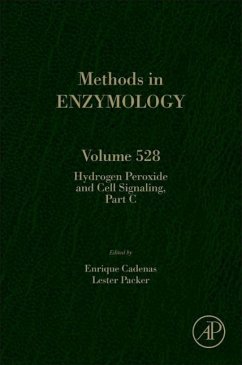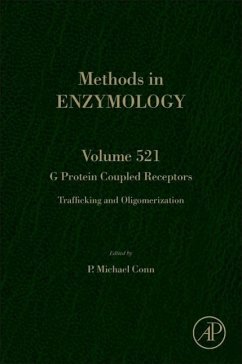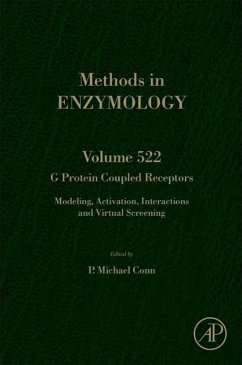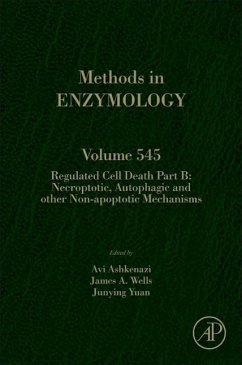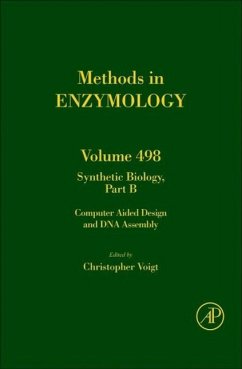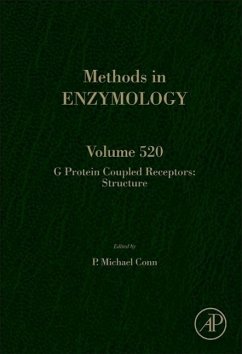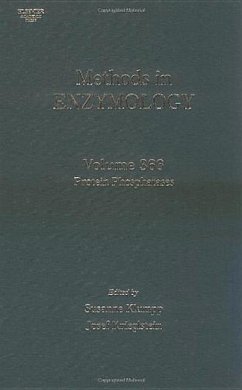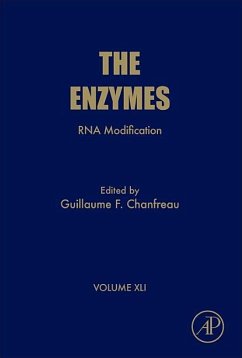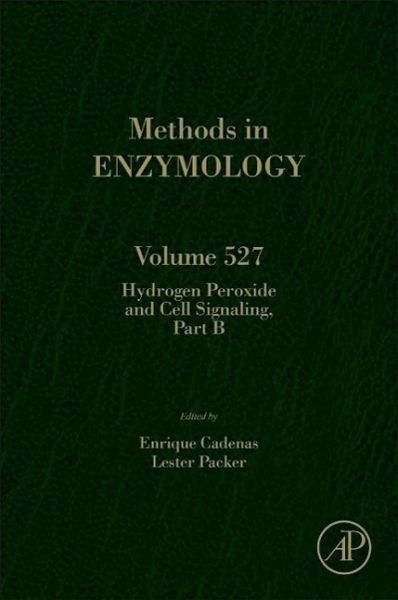
Hydrogen Peroxide and Cell Signaling, Part B
Volume 527
Herausgegeben: Packer, Lester; Cadenas, Enrique
Versandkostenfrei!
Versandfertig in 6-10 Tagen
133,99 €
inkl. MwSt.

PAYBACK Punkte
67 °P sammeln!
This new volume of Methods in Enzymology continues the legacy of this premier serial with quality chapters authored by leaders in the field. This is the second of three volumes on hydrogen peroxide and cell signaling, and includes chapters on such topics as the cellular steady-state of H2O2, evaluating peroxiredoxin sensitivity towards inactivation by peroxide substrates, and peroxiredoxins as preferential targets in H2O2-induced signaling.




